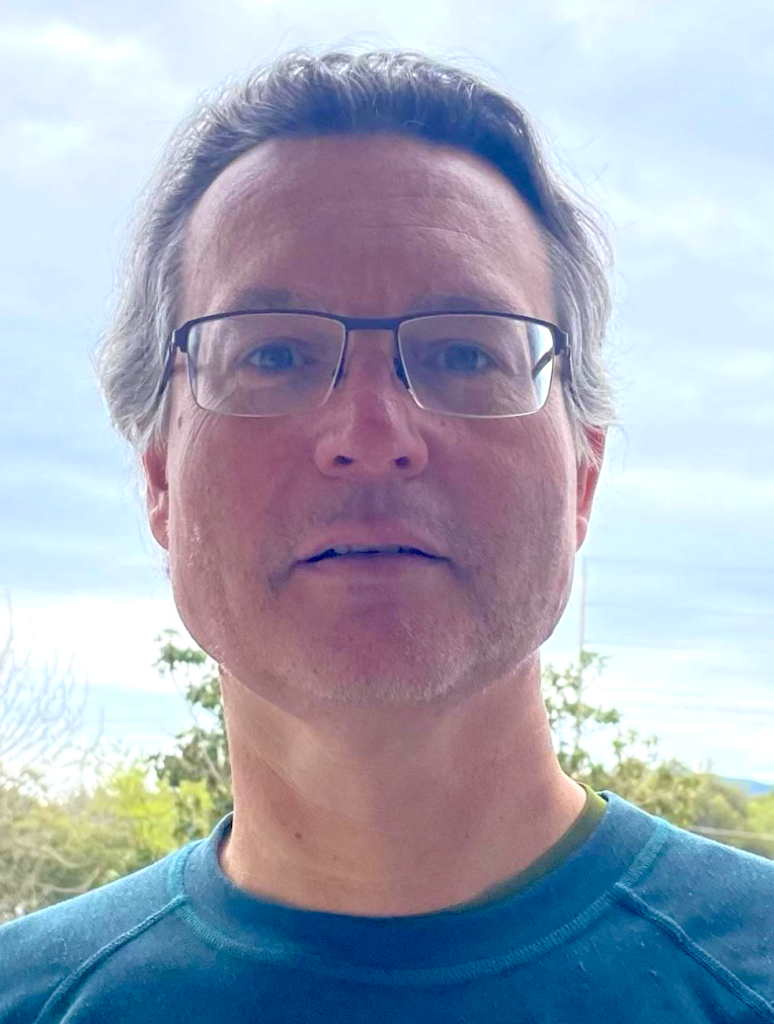by Julia Owens, San Marin High School
 |
| Dr. Wolfgang Schweigkofler |
It is hard to find someone who has not watched a movie with aliens. ET? How about Walle-E? Star Wars probably counts. There are enthusiasts of extraterrestrial life and fanatics for the uncanny, yet there is not a lot of regard towards the aliens all around us.. likely in an ecosystem near you! Invasive organisms join the dark side to terrorize and wipe out native species. Oak trees, for example, are threatened by the pathogen "Phytophthora ramorum," which is researched by Dr. Wolfgang Schweigkofler at Dominican University. Dr. Schweigkofler presented about this pathogen to Terra Linda High School's Innovation Hub in San Rafael, California on March 20, 2024. We interviewed him to find out about his experience as a plant pathologist, professor, and scientist.
Did growing up on a winery influence your career choice?
I think so. Growing up I learned how interesting but also sometimes difficult it is to grow healthy plants. Plant diseases are quite common in grape production, and many parameters, like weather, cultivar, management options and others can have an impact on the crop. A winery is like a mini-ecosystem in itself, and you start thinking about all the connections between the living plants, the soil, the environment and the people working on it.
How does your research in the US differ from that in Europe?
In general, research in the US is not that different from Europe. But whereas the USA is one very big country with one language, in Europe there are many small or mid-sized countries with different languages and sometimes different systems in the academic world and how they organize collaborations or research funding. However, the member countries of the European Union try to improve and unify research collaborations, and it can be very interesting to have research projects with partners from many different countries.
What are some of the rewards of teaching versus researching?
Teaching young students is very interesting, and showing them how diverse and amazing the living world is, and how much we can achieve, when we work together to understand and maybe even save the ecosystem is very rewarding.
What kind of work do your students do?
Students work on different projects using a wide range of methods. Sometimes they work in the lab, studying microorganisms under the microscope or using an immunological test (similar to a Covid-antibody-test). Sometimes they help out in our research nursery taking care of our plants. Sometimes we go on monitoring trips in the forests to survey the distribution of plant diseases.
What is the most threatened plant in California or the Bay Area that you work with?
The tanoak is a native tree that only grows in California and southern Oregon. It is a sometimes overlooked tree, but quite important for the local ecosystem and the wildlife, which feeds on the big acorns produced by the tanoaks. Tanoaks are threatened by a disease called Sudden Oak Death, and in certain areas, e.g. on Mt. Tamalpais, most tanoaks are sick or dead already.
Can sustainable methods be effectively applied to plant pathogen control?
Yes, but it depends on a number of factors, e.g. the type of pathogen, the host plant and the environment. The best scenario is to prevent the establishment of a disease. Choosing the right plant for the right location, being careful with irrigation, and following BMPs (Best Management Practices) can help. Several environmental-friendly strategies can help to control a pest or pathogen, e.g. the use of a BCA (Biological Control Agent). An example of a BCA is a ‘good’ fungus, which attacks and kills ‘bad’ fungi. Some of these BCAs can be produced in large numbers and are sold by specialized companies.
Learn more about Dr. Schweigkofler and his studies here: https://www.dominican.edu/directory-people/wolfgang-schweigkofler.
Dr. Schweigkofler is the program manager at NORS-DUC. To learn more about this project, visit https://www.dominican.edu/directory/national-ornamentals-research-site-nors-duc.
Look out for Marin Science Seminar's presentation schedule at marinscienceseminar.com. Free science for the public!





No comments:
Post a Comment